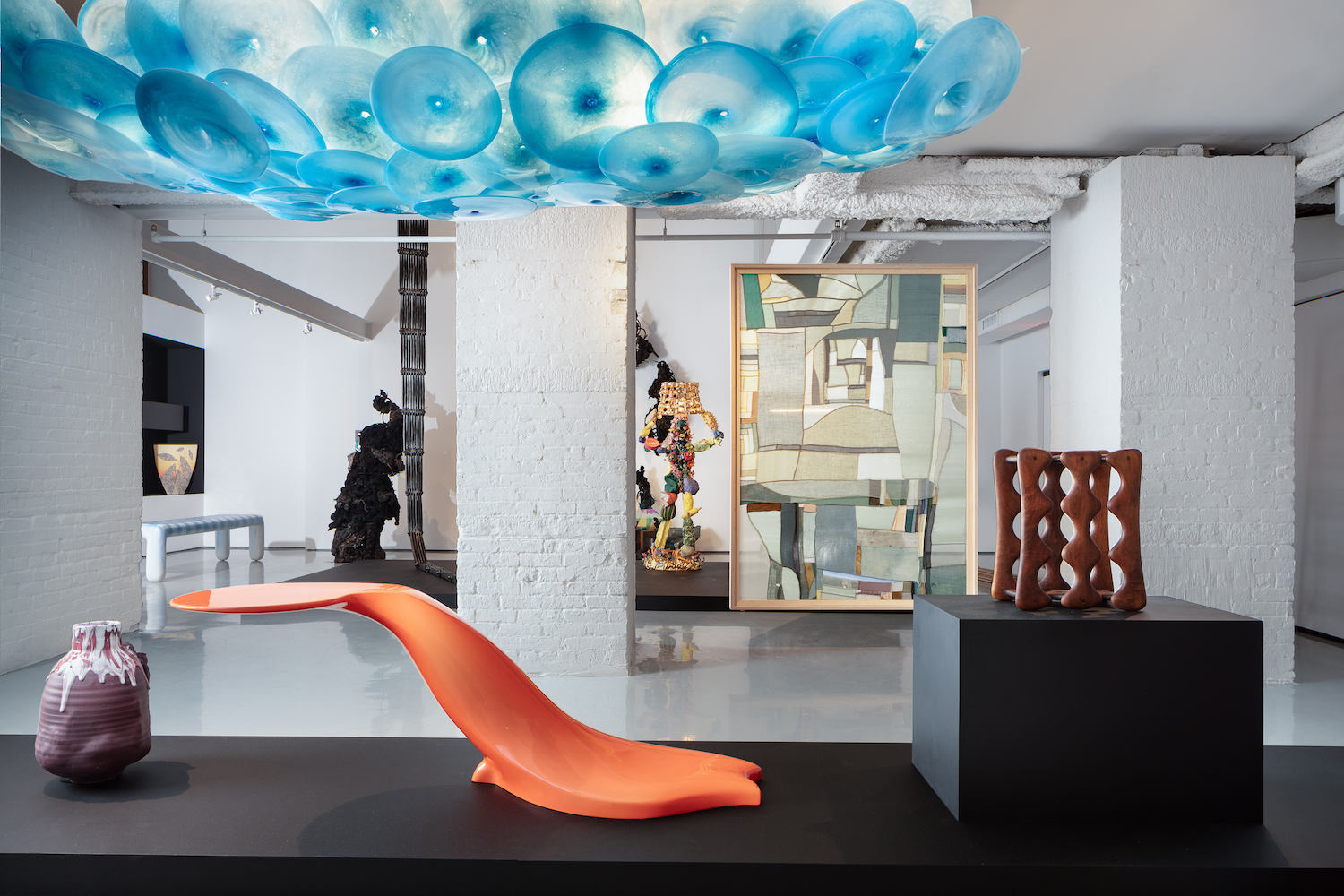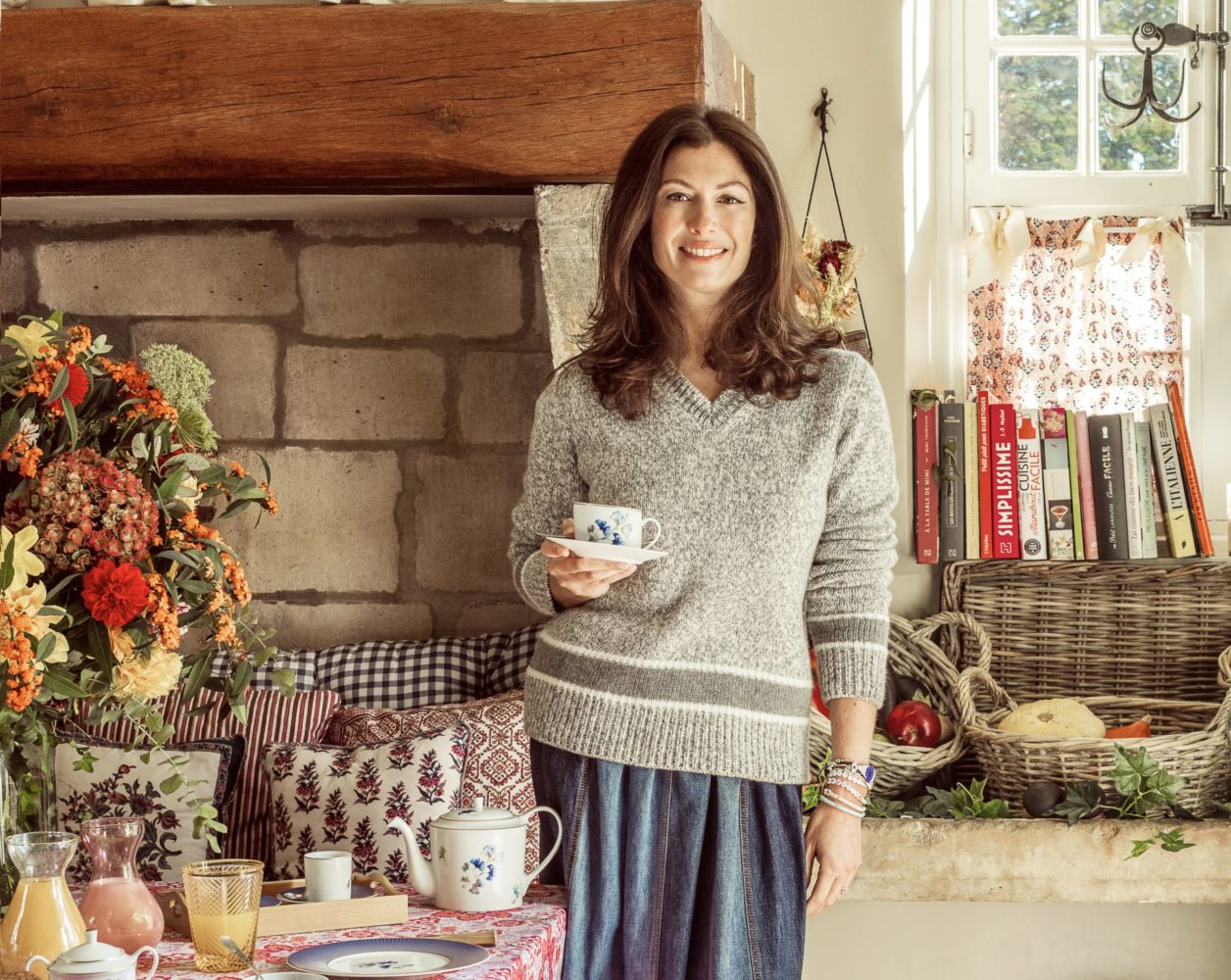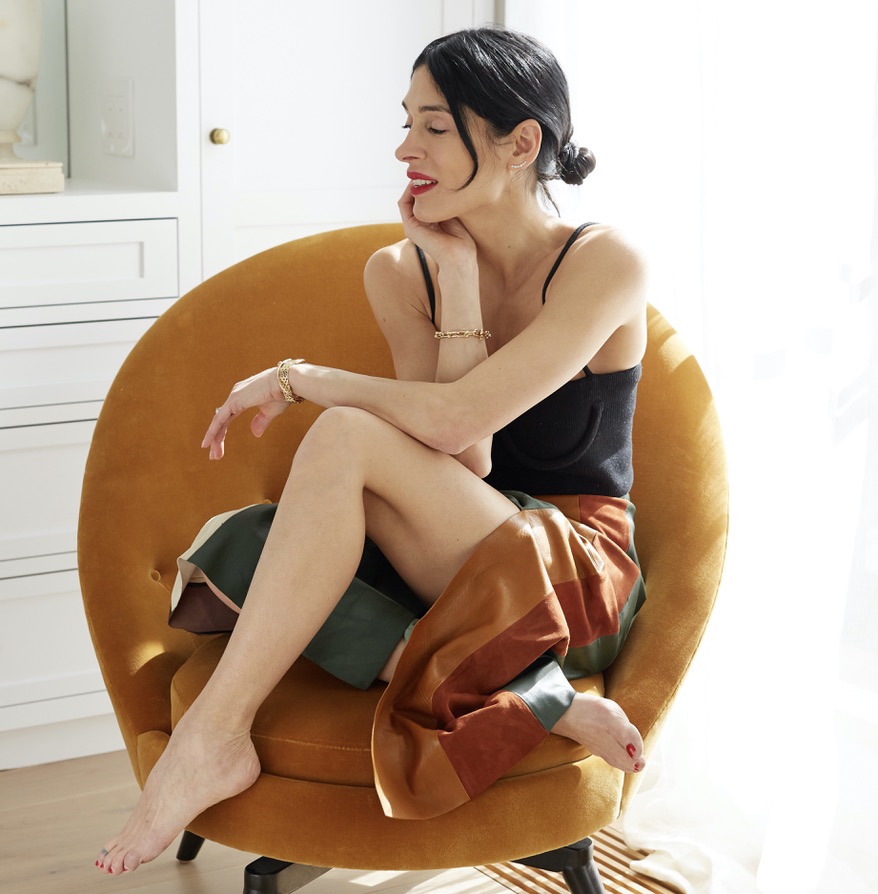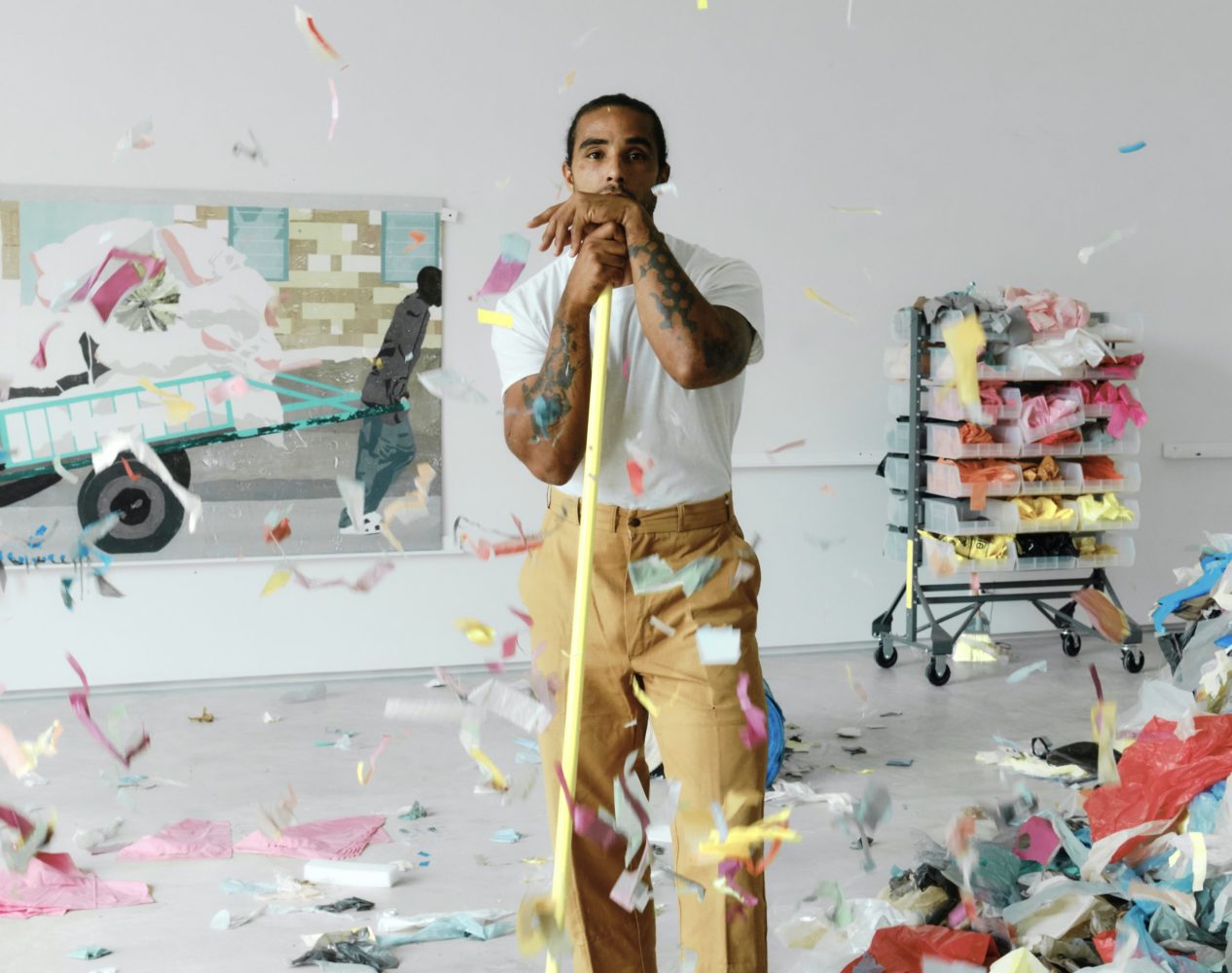Just over half a century ago, “Objects: USA” debuted at the Smithsonian in D.C., curated by Lee Nordness and capturing the American studio craft movement. From glass to ceramics, and from woodworking to weaving, it showcased 500 objects by more than 300 artists—including names like George Nakashima, Anni Albers, Art Smith, and Sheila Hicks—and went on to travel around the country and world. The book that accompanied the show became a bible of sorts to the movement and future generations of makers.
This year, R & Company in New York has given that seminal show a reboot of sorts with “Objects: USA 2020,” curated by Glenn Adamson, James Zemaitis, Abby Bangser, and Evan Snyderman. On view through September 17, it showcases 50 artists from the original and 50 contemporary artists—such as the Haas Brothers, Misha Kahn, Katie Stout, Monique Pean, and Ebitenyefa Baralaye. Also paired with a tome featuring essays by Adamson, the five-month exhibition has been further activated by a social campaign call to join the movement of American object makers, “With Our Hands.”
Whitewall spoke with Adamson about the state of the craft, making, and design in the U.S. today, and how that has evolved over the last five decades.
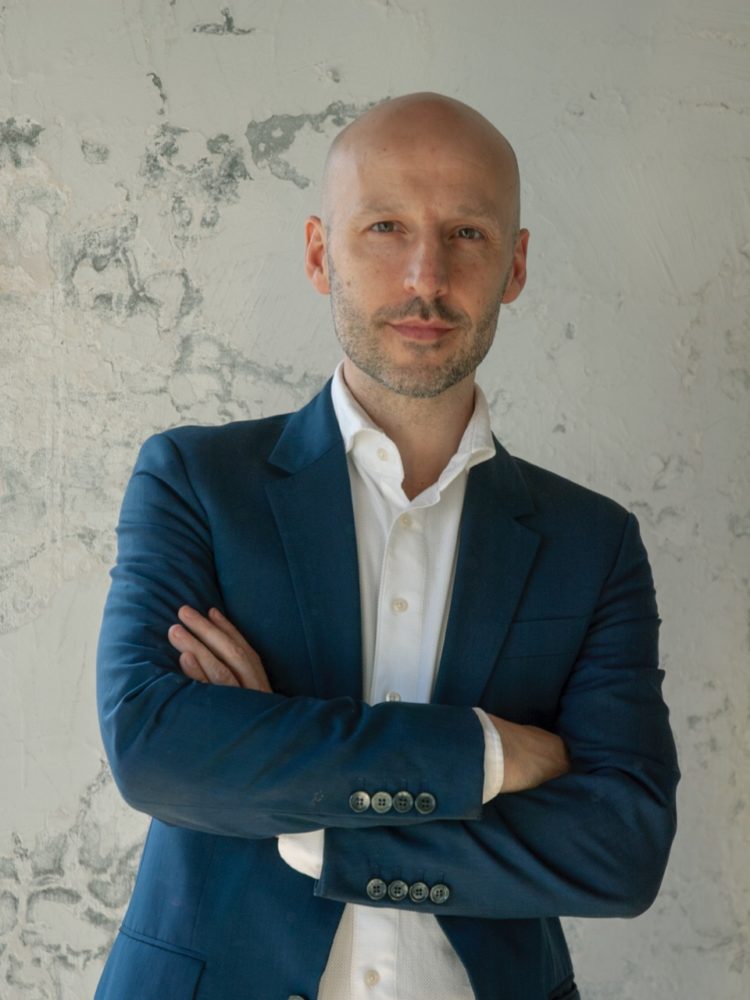
Portrait courtesy of Glenn Adamson.
WHITEWALL: How did you arrive at the framework for the show, focusing on 100 contemporary artists—50 historical artists from the original show, and then 50 contemporary artists?
GLENN ADAMSON: Because of the scale of the subject, we felt like it really needed something ambitious. And because it was the 50th anniversary, the number was there. We all felt that it was really important to bring back the historical objects and show people how fresh they seemed. But then we also really wanted to anchor the narrative into the current moment and suggest that the vitality of the craft movement of the late sixties is in some ways finding an echo in what’s happening today. There’s an urgency around issues of making and materiality today that echoed the original show.
What’s also really cool in the show itself is you often don’t know if you’re looking at an old object or new object. So the exhibition installation demonstrates that principle.
WW: One difference between 50 years ago and today is that artists and makers are no longer siloed to just one medium.
GA: It doesn’t make sense to categorize people by material now because they work in such a cross-disciplinary way. That wasn’t unknown in the late sixties, there were people doing it, but it was much less common than it is now. You see everything up to and including the kitchen sink aesthetic that you see in someone like Misha Kahn and Katie Stout. How would you put them into a media-based category?
What’s interesting to me there is that while medium-specific narratives are maybe less important, the more fundamental thing about investing in materiality itself is clearly a huge concern, process in material, and even self-invented processes.

Exhibition view of “Objects: USA at R & Company,” featuring works by Jay Sae Jung Oh, Marilyn Pappas, Ka Kwong Hui, Liz Collins, George Nakashima, and Jiha Moon; photo by Joe Kramm, courtesy of R & Company.
WW: This show has been in the works for much longer than the past year, but what are you seeing or hearing from makers and artists about how the past year has impacted their practice in thinking about it in new ways?
GA: I happened to do a round of virtual crits at RISD yesterday, and so I think in a way more about that generation who is still in school or just coming out of school, as that’s really where that questions becomes super pertinent. For the students I was talking to yesterday, it is a much more existential situation, partly because it’s just so difficult to leave school now and head out into the world. But also because it’s raised these very profound ethical questions about what the real value of making these objects is. That question becomes not so much, “What should I make in the studio today?” but “Should I go to the studio today at all?” or, “Should there be studios? And if so, why?”
Those questions have been so fiercely present for that generation in a way that was unavoidable, and that’s surely going to have a lasting impact. I think that existential reckoning with the larger value structure of the field is upon us.
WW: This moment also feels very different from the early 2000s, when the conversation around objects and design was focused on makers in Europe—not America. Why is this a great time to be making in America?
GA: That was another massive point of conversation with us in the gallery when we were doing the show. Anybody who was paying attention would have said all the interesting work was coming out of the Netherlands, Scandinavia, Japan, even Africa, more than America in the past 10 to 20 years. And it’s just now that you’re starting to get to see that maybe there is a generation that is producing work of equal vitality; there is a critical mass of makers and that was definitely something we wanted to register.
RISD, Cranbrook, CalArts, the Art Institute of Chicago, and a few others are the driving factor there. So many people we are looking at are coming out of those programs. Although the studio craft movement might have died on the vine, it’s those people and the experience they had who trained this generation of makers. Their expertise and wisdom gained of the process of the rise and fall of that movement has definitely helped this next generation come along and reorient itself. There’s a very interesting generational succession story there, as well as there being a true cross-disciplinary and freedom that the craft movement was never able to claim for itself.

Exhibition view of “Objects: USA” at R & Company, featuring works by Dana Barnes, Jill Platner, and David Wiseman; photo by Joe Kramm, courtesy of R & Company.

Exhibition view of “Objects: USA” at R & Company, featuring works by Serban Ionescu, Christopher Kurtz, and others; photo by Joe Kramm, courtesy of R & Company.



